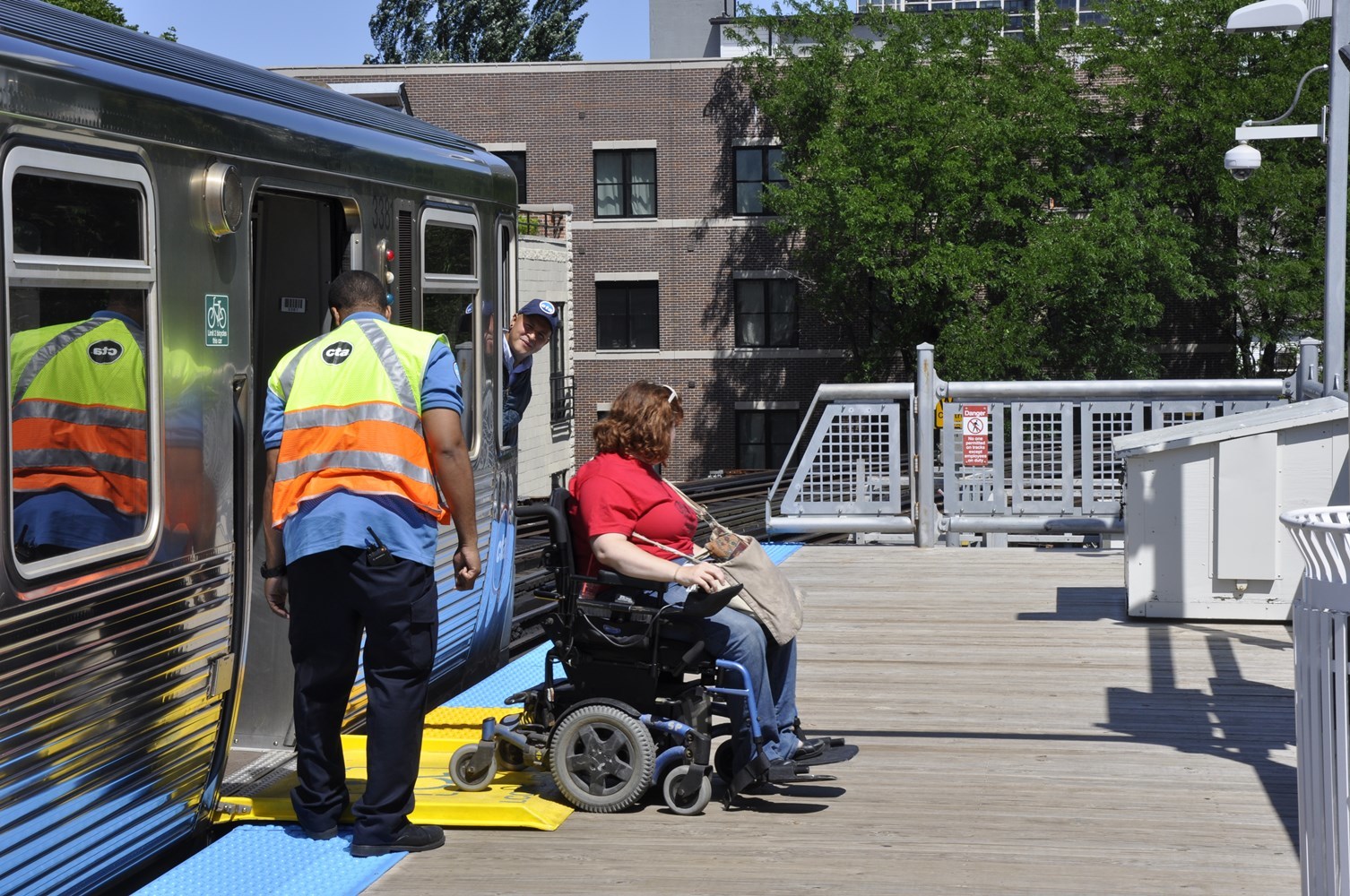Did You Know?
CTA station accessibility should be a priority

The Chicago Transit Authority (CTA) finally has a plan to make all its rail stations accessible. Unfortunately, however, only a small portion of the work is funded.
This week CTA released its first All Stations Accessibility Program (ASAP) Plan — following through on a commitment CTA President Dorval Carter made in 2016. The plan outlines the short- and long-term projects needed to make all stations accessible within 20 years, including cost estimates and phasing.
Currently, 103 of CTA’s 145 rail stations (70 percent) are accessible, which includes several upgrades that happened in recent years. The agency says the remaining stations have an average age of 75 years and require significant structural changes or property acquisition to be made accessible.
Under the Americans with Disabilities Act (ADA) passed nearly 30 years ago, federal law requires rail rapid transit stations to be accessible to the “maximum extent feasible.”
The CTA’s plan is broken down into four phases and only a small part of phase one is currently funded. The total cost of the plan is estimated at $2.1 billion.
Securing the funding to make more stations accessible should be a top priority for Chicago elected officials at every level of government. People with disabilities in Chicago shouldn’t have to wait another 20 years or more to gain full and equal access to our public transit system.
Approximately 11 percent of Chicagoans report having a disability. Families with strollers, people with injuries, people carrying luggage and others also benefit from improved station access. The city’s growing population of older adults will put even more demands on accessible public amenities in the coming years, including transit stations.
Chicago is already further along than many peer cities and CTA’s new plan could position the city as a national leader. According to the Federal Transit Administration, about two-thirds of rail stations nationally are accessible. Only 23 percent of New York City subway stations have elevators, although the transit agency recently made a committment to reach full station accessibility within 15 years after many years of local organizing.
With a plan now available in Chicago, Active Trans will work with disability rights groups and other partners to ask that the city, county, state and federal elected officials fully fund the ASAP Plan and meet the 100 percent accessibility goal as soon as possible.
Image Credit: CTA
Make a Donation
Your tax-deductible donation supports the important work that Active Trans does throughout the region
